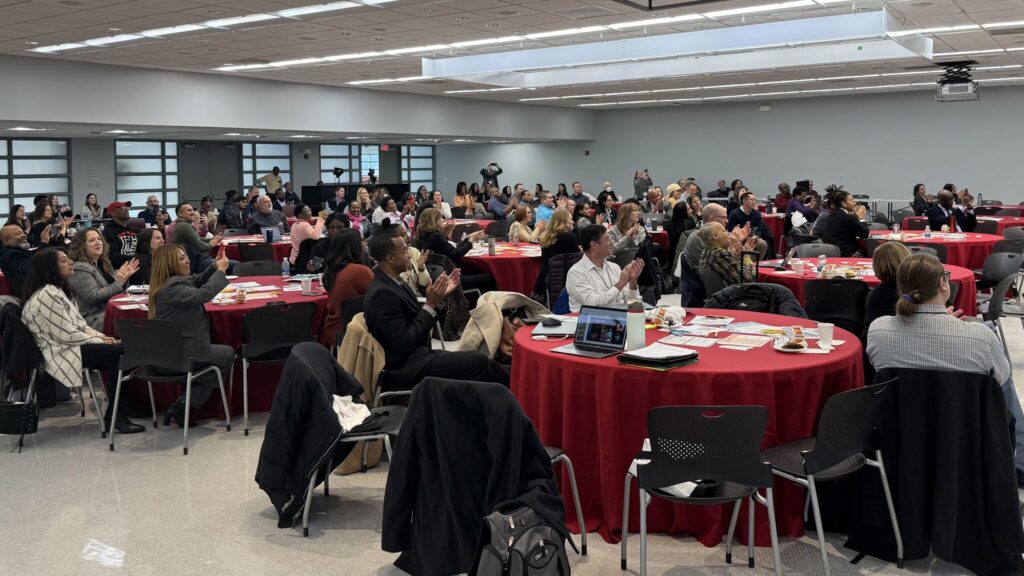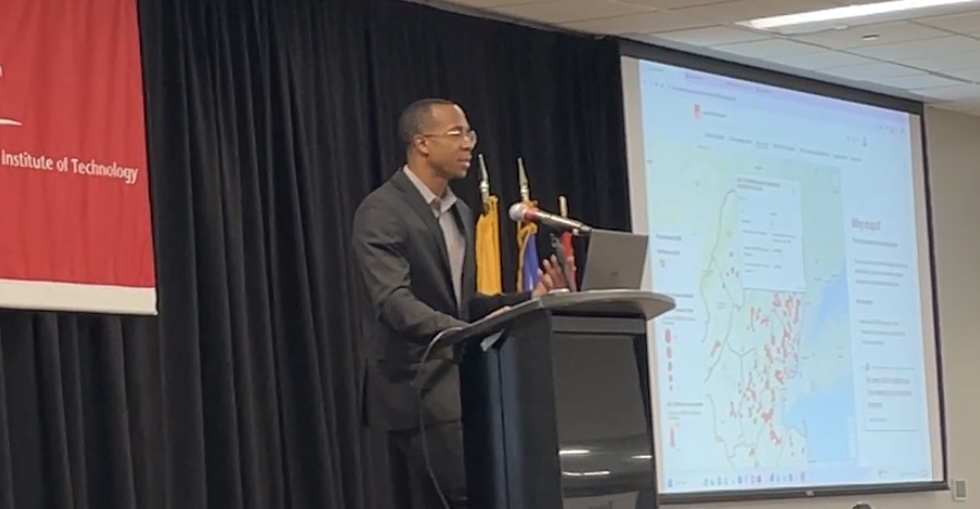In the vibrant city of Newark, New Jersey, a dynamic initiative is transforming STEM education and workforce development. The Newark STEM Ecosystem, established in 2016, has rapidly evolved into a collaborative network of 50 cross-sector organizations dedicated to preparing Newark students for STEAM careers and workforce opportunities.
About Newark STEM Ecosystem
The Newark STEM Ecosystem is a collaborative effort focused on creating a resource-rich environment for Newark’s PreK-16 students. Its mission is to align PreK-20 education with workforce needs, aiming to increase the percentage of Newark youth entering STEAM/STEM educational and career pathways. The ecosystem brings together over 70 public and private organizations, fostering partnerships between education institutions, industry leaders, and community partners.
Key leaders driving this innovative ecosystem include:
- Jim Lipuma, New Jersey Institute of Technology
- Bruce Bukiet, New Jersey Institute of Technology
- Alec Gates: Professor, Rutgers University-Newark
- Brad Schenker: Coordinator, Newark STEM Ecosystem and LEAD STEM Fellow
Impact Story
The Newark STEM Ecosystem’s approach is tailored to the unique context of urban education and workforce development. The ecosystem focuses on:
- Aligning PreK-20 education with workforce needs
- Fostering partnerships between education institutions and industry
- Promoting inclusivity and aspirational goals in STEM education
- Integrating arts into STEM (STEAM) to enhance creativity and innovation
On the ground, these efforts have manifested into various programs, including STEAM In-school and Out-of-school Time Programs, Bridges to STEAM Career Program, and Professional Development for Teachers.
On January 16, 2025, the Newark STEM Ecosystem held its second annual convening, bringing together cross-sector partners to advance their collective impact initiative. As the backbone organization, Newark STEM Ecosystem orchestrated this event to tackle two critical conditions of collective impact: common vision and shared measurement.
The convening, held at NJIT, brought together over 130 partners from education, industry, government, and community organizations. Dr. Alec Gates, a professor at Rutgers University-Newark and co-lead of the ecosystem, emphasized the importance of collaboration: “This work is super important. We need to get everybody involved if we want to be competitive.”

The event featured presentations that reinforced the ecosystem’s common vision. Corey Samuels, a LEGO Master and STEM educator, shared innovative approaches to engaging students in STEM learning. He stated, “What we teach our students today will shape them to be the future leaders of tomorrow,” highlighting the long-term impact of their collective efforts.
"What we teach our students today will shape them to be the future leaders of tomorrow"
Corey D. Samuels | Lego Masters & STEM Educator Tweet
The convening exemplified the partnership pillar of thriving STEM Ecosystems. By bringing together cross-sector partners, Newark STEM Ecosystem fostered cross-sector synergies essential for creating comprehensive learning opportunities. This aligns with the STEM Ecosystems’ principle that robust partnerships designed to create a collective vision of STEM success for young people are key to cultivating a rich STEM learning ecosystem.
Jarell Brown from Innovation Atlas at Henry Ford introduced a data visualization tool, addressing the shared measurement aspect of collective impact. Brown emphasized, “We’re here to learn and collaborate,” inviting attendees to contribute insights to shape the tool’s development.
By facilitating these connections and conversations, the Newark STEM Ecosystem demonstrated the power of convening partners to advance collective impact and strengthen the STEM learning landscape in Northern New Jersey.
Brad Schenker, Coordinator of the Newark STEM Ecosystem, reflected on the event’s significance: “This convening is about turning ideas into action. It’s about educators with the tools they need to inspire, and employers that can connect with the next generation of innovators.”
Looking Ahead: Charting a Course for STEM Innovation in Newark
As the Newark STEM Ecosystem continues to evolve, it stands at the forefront of a transformative journey in STEM education. Building on the momentum of its recent convening, the ecosystem is poised to make significant strides in shaping the future of STEM learning and workforce development in Northern New Jersey. With a collaborative spirit and a commitment to innovation, the ecosystem is charting a course that promises to create lasting impact for students, educators, and industries alike.
Key initiatives on the horizon include:
- Sustainability Planning: Co-designing a pathway to ensure long-term viability of programs and initiatives.
- Annual Convenings: Continuing to host events that foster collaboration among partners.
- AI in Education Conference: Plans for a 2025 conference at NJIT exploring AI and STEM education.
- Resource Hub Development: Becoming a central resource connecting people and programs related to STEM workforce readiness.
- Asset Mapping: Cataloging activities and programs to measure learning impact across the ecosystem.
- Expanding Partnerships: Growing the network of over 70 public and private organizations.
- Research and Grants: Aspiring to become a center for information and best practices, conducting research on program outcomes.
By focusing on these areas, the Newark STEM Ecosystem is positioning itself to significantly impact STEM education and workforce development in Northern New Jersey, fostering innovation and economic growth in the region.
As the ecosystem embarks on these initiatives, it’s worth noting that March is New Jersey STEM Month, providing an excellent opportunity to showcase and celebrate the ongoing efforts to advance STEM education across the state.
Additional Info
Newark STEM Ecosystem is part of New Jersey STEM Ecosystems statewide initiative. Replicating the National STEM Learning Ecosystems model, the NJSPN has fostered the creation of eight STEM Learning Ecosystems to advance collaboration across educators, business, government and community-based organizations in order to form more integrated cradle-to-career pipelines.
Representing all 21 New Jersey counties, the Ecosystems are opportunities to address unique regional challenges, while also providing a space to pilot, scale and replicate work that expands a statewide vision of STEM.





